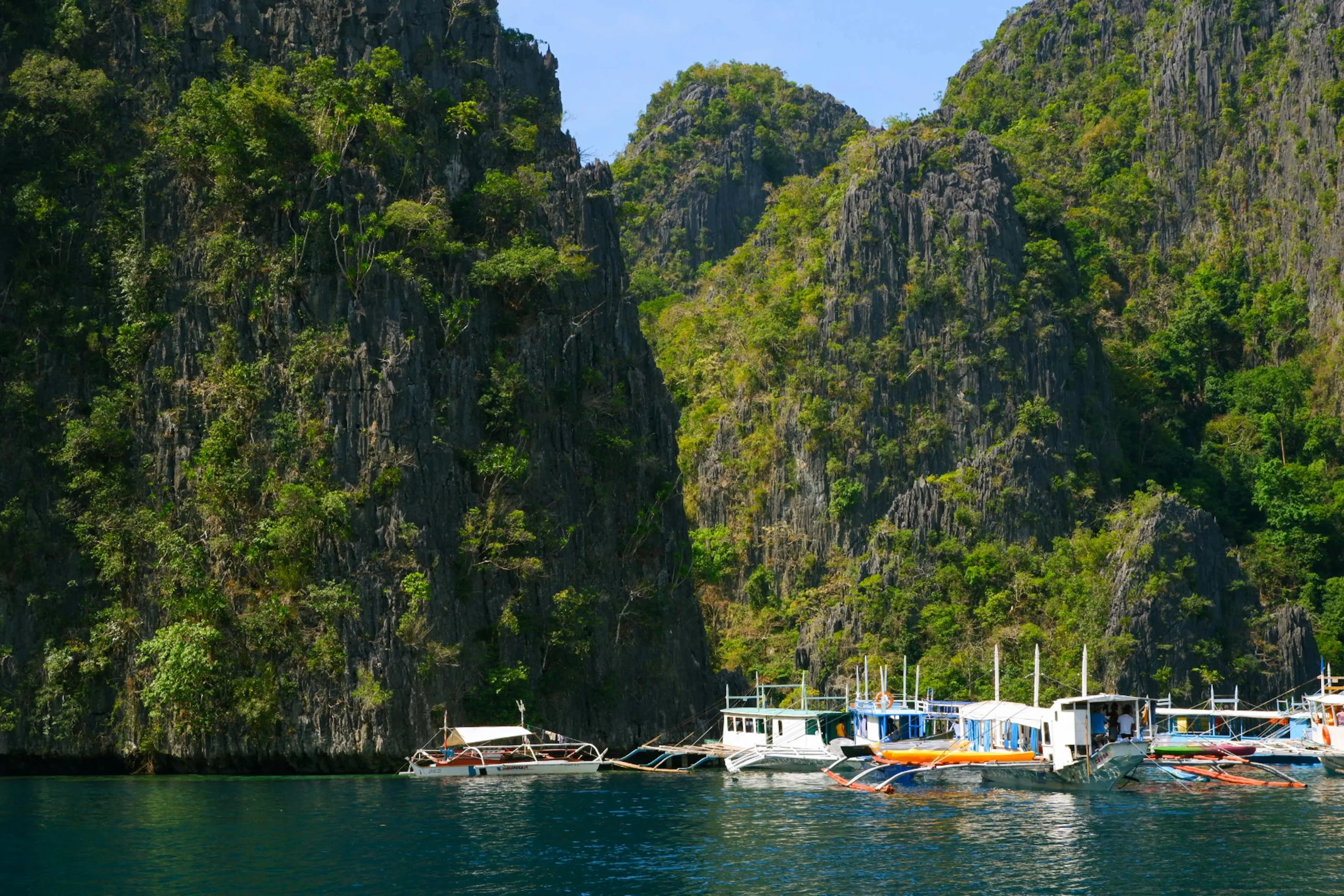A growing middle class, vital tourism, and rising disposable income have all contributed to the Philippine hospitality industry’s significant growth in recent years. Investors are eyeing opportunities within the hospitality sector as the country emerges as a top tourist destination in Southeast Asia.
Booming Tourism Sector
The Philippines has witnessed a surge in tourist arrivals in recent years, with the Department of Tourism reporting a record-breaking 8.26 million international visitors in 2019. While the COVID-19 pandemic temporarily dampened tourism activity, the industry is expected to rebound strongly as travel restrictions ease. With its breathtaking beaches, rich cultural heritage, and diverse attractions, the Philippines continues to attract travelers from around the globe, presenting a lucrative market for hospitality investments.
Rise of Domestic Tourism
Amidst global travel restrictions, domestic tourism has emerged as a driving force behind the recovery of the hospitality sector in the Philippines. Filipinos are increasingly exploring their own country, seeking new destinations and experiences. This trend presents a unique opportunity for investors to tap into the domestic market by developing tourism infrastructure, such as boutique hotels, eco-resorts, and adventure destinations catering to local travelers’ preferences.
Growing Demand for Luxury and Boutique Accommodations
As the Philippine economy grows and disposable incomes rise, the demand for luxury and boutique accommodations grows. Discerning travelers seek personalized experiences and unique stays reflecting local culture and heritage. Boutique hotels, luxury resorts, and upscale serviced apartments are becoming increasingly popular among domestic and international travelers, presenting an attractive investment opportunity for developers and investors looking to capitalize on this trend.
Rapid Urbanization and MICE Tourism
Urban centers such as Metro Manila, Cebu City, and Davao are experiencing rapid urbanization and infrastructure development, driving demand for hospitality services catering to business travelers and MICE (Meetings, Incentives, Conferences, and Exhibitions) tourism. The Philippines has become a premier destination for international conferences and events, with world-class convention centers and facilities. Investments in upscale hotels, serviced apartments, and conference venues are poised to capitalize on the growing demand from business travelers and event organizers.
Embracing Sustainable Tourism Practices
With increasing awareness of environmental conservation and sustainable tourism practices, there is a growing demand for eco-friendly accommodations and responsible tourism initiatives in the Philippines. Investors and developers recognize the importance of sustainability in hospitality projects, incorporating green building practices, energy-efficient technologies, and community engagement initiatives to minimize environmental impact and promote sustainable tourism development.
The Best Locations for Hospitality Investments in the Philippines:
1. Metro Manila: The capital region remains a prime location for hospitality investments, accounting for a significant portion of tourist arrivals and business travel. With its vibrant nightlife, cultural attractions, and booming business districts, Metro Manila offers ample opportunities for hotel development, serviced apartments, and MICE tourism infrastructure.
2. Boracay Island: Renowned for its pristine beaches and crystal-clear waters, Boracay Island is a top tourist destination in the Philippines. Following its rehabilitation in 2018, the island has seen a resurgence in tourism activity, making it an attractive location for luxury resorts, boutique hotels, and eco-friendly accommodations.
3. Cebu City: As a significant economic hub in the Visayas region, Cebu City is experiencing rapid urbanization and infrastructure development, driving demand for hospitality services. With its strategic location, international airport, and proximity to tourist attractions such as the historic Magellan’s Cross and pristine beaches, Cebu City presents opportunities for hotel development, serviced apartments, and MICE tourism facilities.
4. Palawan: Known as the “Last Frontier” of the Philippines, Palawan boasts stunning natural landscapes, including the UNESCO World Heritage-listed Puerto Princesa Subterranean River National Park and the breathtaking islands of El Nido and Coron. As eco-tourism gains popularity, Palawan offers opportunities for sustainable resort development, eco-friendly accommodations, and adventure tourism experiences.
5. Davao City: The largest city in Mindanao, Davao City is emerging as a key tourist destination and investment hub in the southern Philippines. With its thriving business environment, diverse cultural heritage, and proximity to natural attractions such as Mount Apo and the Davao Gulf, Davao City presents opportunities for hotel development, serviced apartments, and MICE tourism facilities.
The Philippine hospitality industry is poised for continued growth and expansion, driven by robust tourism, rising disposable incomes, and changing consumer preferences. As the country positions itself as a top tourist destination in Southeast Asia, investors have many opportunities to capitalize on the evolving trends within the hospitality sector. Whether it’s luxury resorts, boutique accommodations, eco-friendly developments, or MICE tourism infrastructure, the Philippines offers diverse investment opportunities for those looking to tap into the thriving hospitality market. By embracing innovation, sustainability, and local culture, investors can navigate the landscape of the Philippine hospitality industry and unlock the potential for long-term growth and success.

